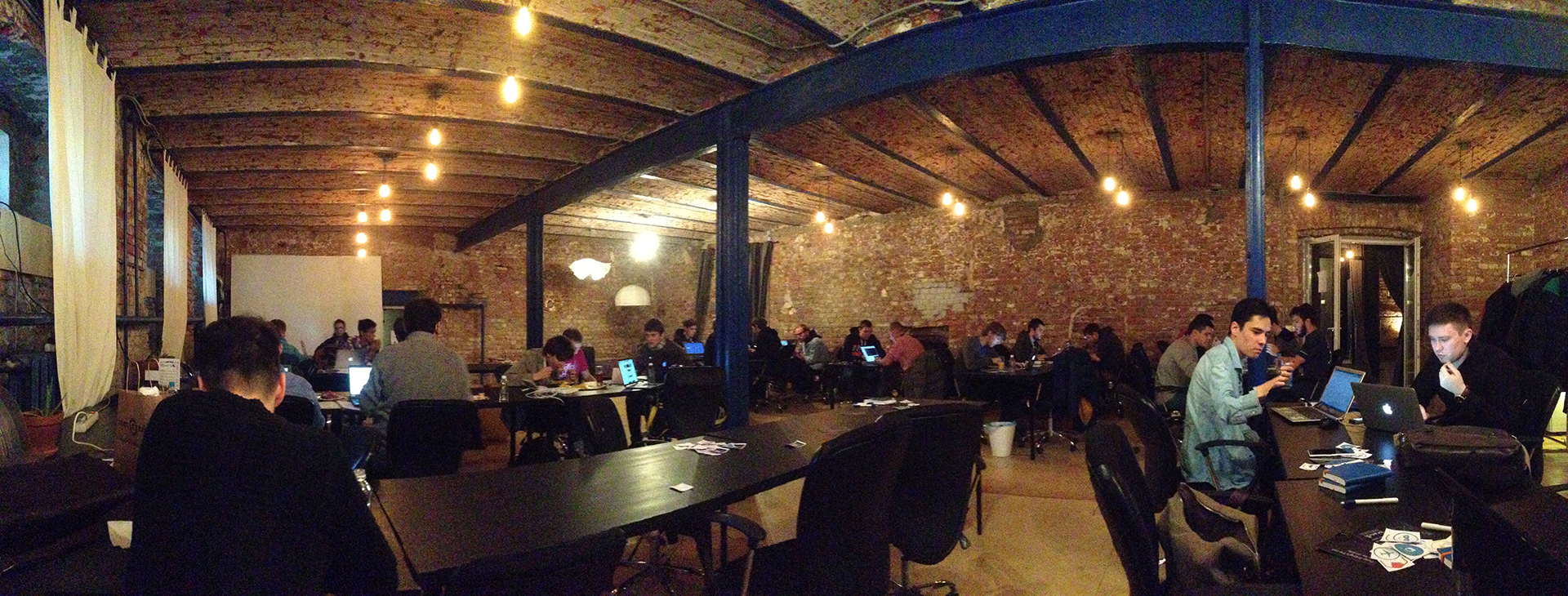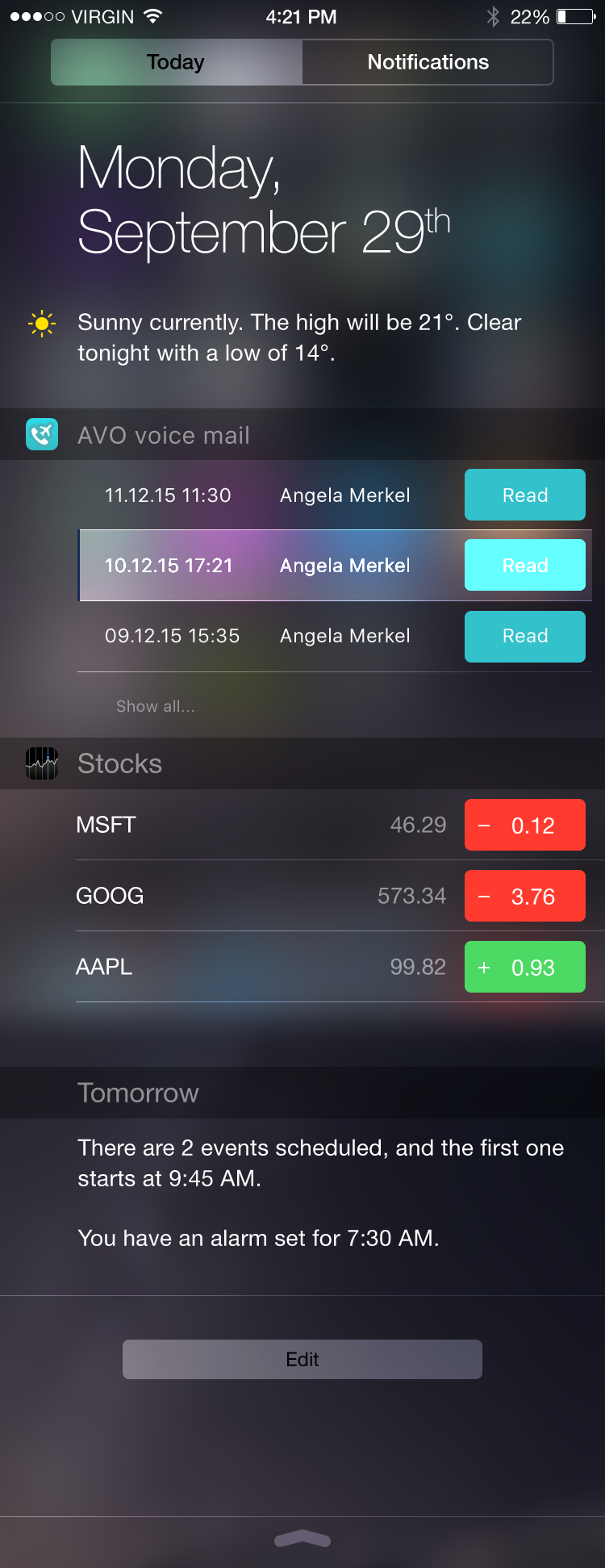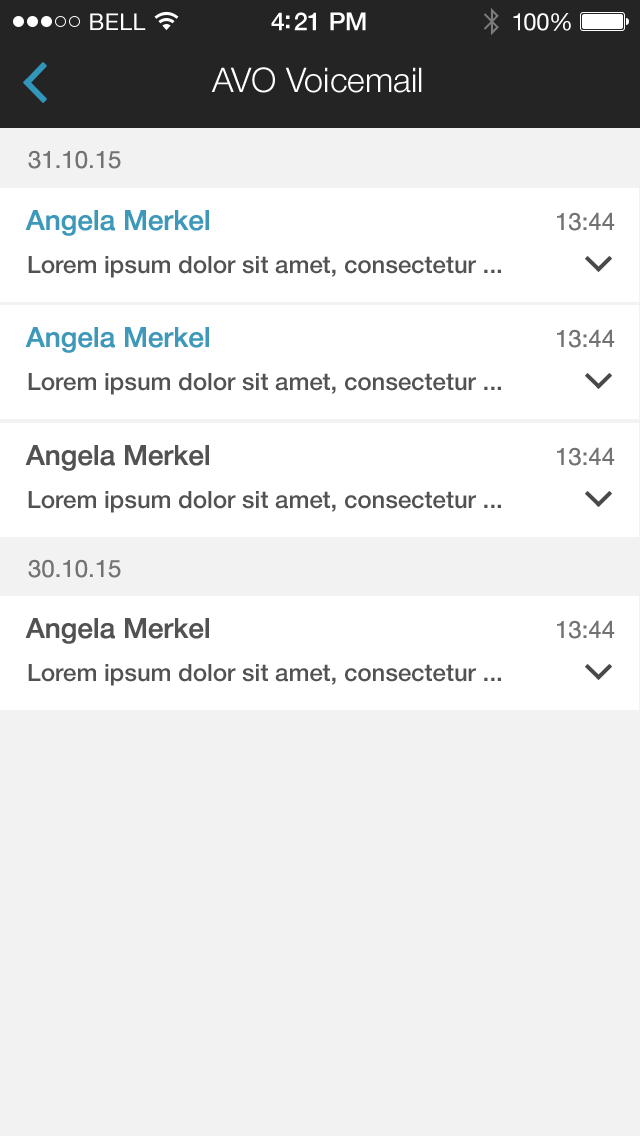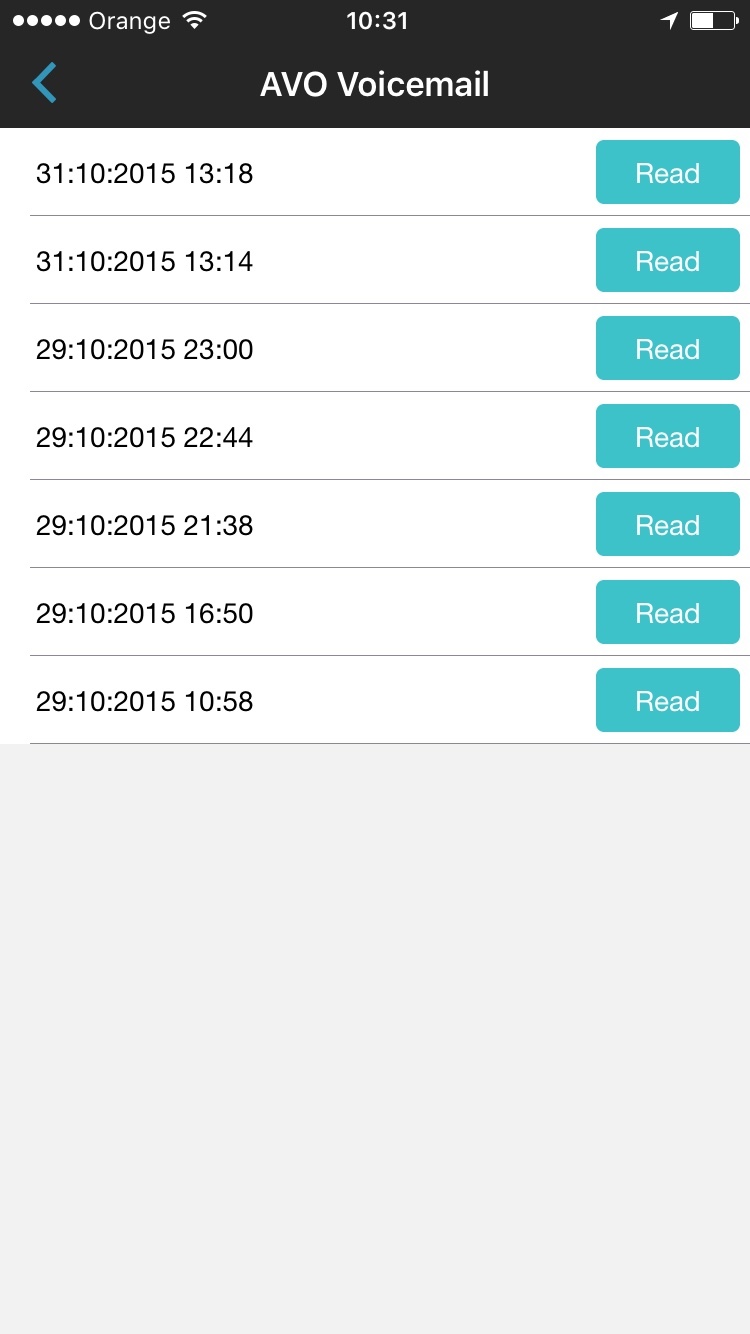Hackathon from App in The Air

A couple of weeks ago, our team took part in the hackathon, organized by the App in The Air team. I learned about the event during a conversation with Bayram at one of the events for participants in the tourism industry.
The meaning of the hackathon was to create your own widget, which could be embedded in the App in The Air application.
Initially, we wanted to give users the ability to make and receive calls on board an aircraft, provided that they have Internet access on board. We proceeded from the fact that this service will be demanded primarily on flights whose flight time is more than 4 hours.
But then, having gone deep into the subject, they found that the flight rules prohibit the use of VoIP services via on-board Internet.
')
It was obvious that even if we succeeded in delivering VoIP packets to the application via wi-fi on board, this would violate the flight rules, and somehow we didn’t want to quarrel with the airlines. Then one of our friends suggested another idea for the widget: deliver voice mail as a text message.
The point is that when a user is in flight for a long time, they cannot reach him, and in most cases, callers get to voice mail. But the voice messages can not be heard before the landing of the aircraft, since there is no mobile signal.
With our solution, the user will be able to promptly receive such messages and quickly respond to them in social networks.
So, there is an idea: we started preparing for the hackathon.
The word “widget” seemed key to us in describing the hackathon, and first of all, for some reason, we thought about the system widget for iOS. Sketched design, distributed tasks and began work.


Most of the work had to be done on the backend. It was necessary to create a voice mail service, which until this day we simply did not exist. Since it was not about the final product, we did not bother much, and it was decided to organize the storage of messages in the database. The messages were assigned time attributes, caller number, addressee, timestamp and language. Along with the recognized text, the source voice file was also stored in the database in order to evaluate the recognition accuracy during the tests.
For recognition, two services were used at once: Yandex SpeechKit and Google Voice API. The audio file passed through both services, and the results were recorded separately in the table. Due to the fact that the Google Voice API had a limitation of only 15 seconds, now it’s difficult to talk about which service is better.
The general scheme of work was something like this:
1) User installs widget
2) Register your mobile number in it
3) Set up forwarding
4) On board the aircraft connects to the Internet
5) When the widget is updated, it receives the recognized voice messages.
Everything works, ready for the hackathon. Business for small, to build in API from App in The Air, PayPal payments and, if there is time, branch links from Branch.
Before proceeding, I would like to make a small digression. The fact is that at the time of the hackathon, not the whole team was in Moscow, but only those members who are responsible for the backend, design and VoIP. The mobile developer was in Chisinau, but we still decided to try to get involved, and mobile development was carried out remotely.
When we distributed the proposed SDK at the beginning of the hackathon, we were a bit dumbfounded, as it turned out that it was not a system widget, as we almost realized, but an embedded application. Those. it was necessary to write an addition to the App in The Air.
Panic, “Chef, everything is gone !!!” and stuff like that ...
In addition to the need to almost completely redo the design, we had to figure out the code of the provided example.
Which, by the way, was on Swift, and we had no experience with it.
Despite the fact that the new design is fully consistent with the style of App in The Air, we did not have time to fully implement it.



As a result, we spent almost all the time provided to redesign the design and understanding of Swift. In addition, there were problems with the speed of the Internet, which slowed us down even more, as part of the team worked remotely.
At the appointed time we sent our project, which looked like this:



Naturally, the introduction of payments, diplinks, or any other possibilities could not be considered.
In short, they left without a prize, but with a tremendous sense of satisfaction, because, despite the initial panic, distance and communication problems, the team still worked together. Thank you App in The Air for the excellent stress test.
Before the full release of this feature is still far away, but we would like to conduct field trials of this opportunity, and we appeal to everyone to become alpha testers.
What should be done
- Install the AVO application by reference
- Register and set up call forwarding
- Enable “flight” / “Airplane mode”
- Connect wi-fi
- Ask someone to call the number that you registered in the application and wait for the voice mail connection. Do not answer the call
- Go to page: AVO voice mail test
- Enter the phone number and confirmation code in the field, which will come push-notification
- Check left message
- Depending on the results of paragraph 8, leave a positive or malicious comment under this post))
Source: https://habr.com/ru/post/296210/
All Articles